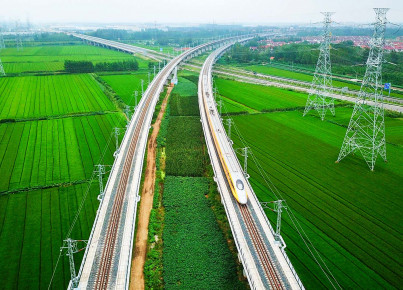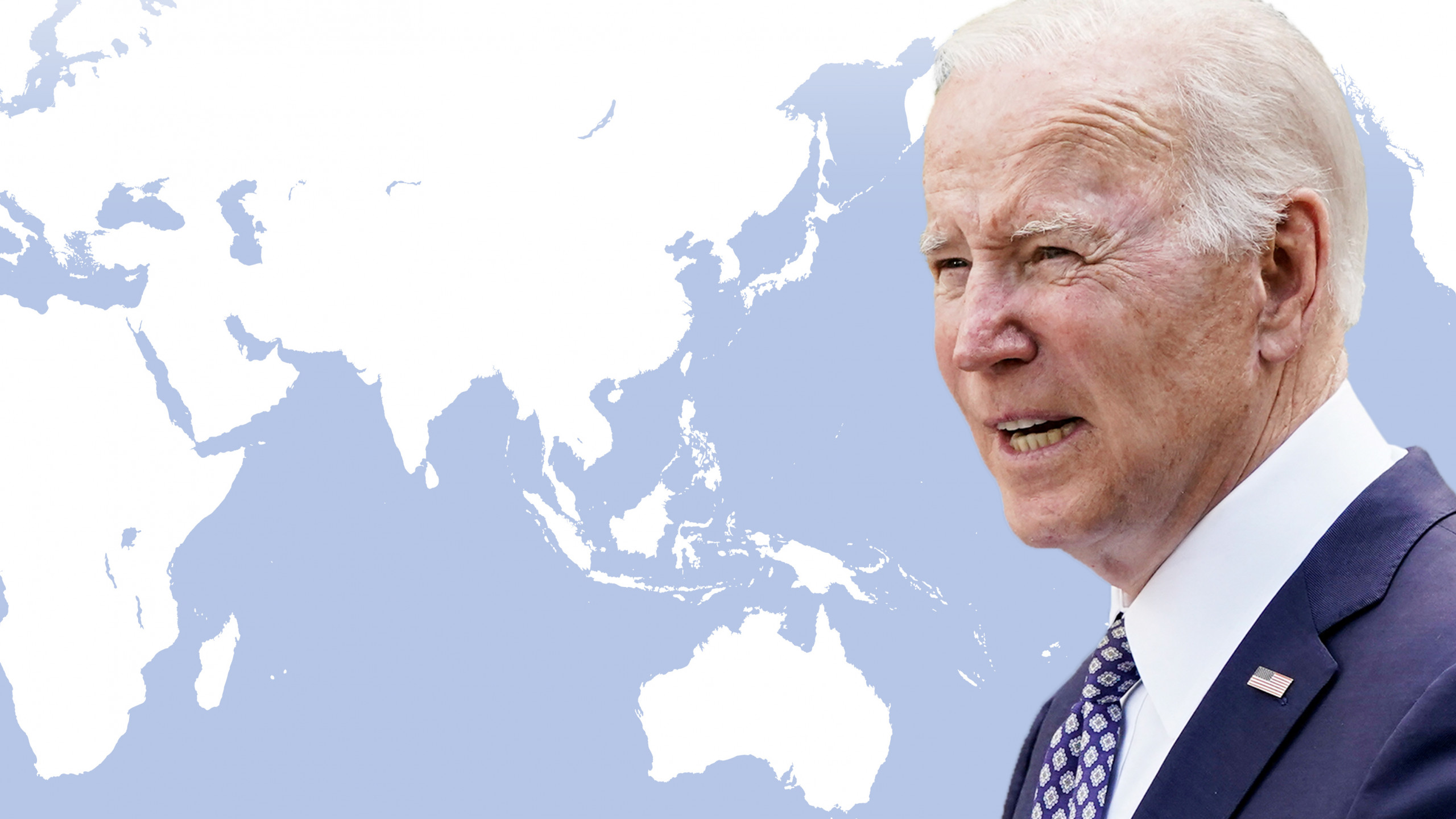After decades of slowly drawing closer together, China and ASEAN continue to intensify their cooperation.
Over the past few decades, relations between the People's Republic of China and ASEAN have changed dramatically. At its dawn in 1967, ASEAN, which was created not only with the purpose of greater economic cooperation but also to counter the expansion of Soviet communism in the South-East Asian region, was viewed with suspicion by China. At the time, the People's Republic of China (PRC), a major USSR ally, saw the creation of the Association as a direct affront to the survival of the two regimes. Soon enough, though, with the crisis of Sino-Soviet relations and the ensuing thawing between China and the US, the climate of hostility between PRC and ASEAN gradually tapered off. As early as the mid-1970s, in fact, some ASEAN member states began to establish diplomatic relations with China. What was crucial in strengthening relations between China and ASEAN, however, was the outbreak of the 1997-98 Asian financial crisis. South-East Asian countries, hit hard by the crisis and profoundly disappointed with the lack of financial assistance from historical allies such as the United States and Japan, greatly appreciated the Chinese initiative to support the Thai economy with over one billion dollars in aid and the commitment by the PRC not to devalue the yuan. Equally valuable to South-East Asian eyes was, in those same years, the Chinese proposal to create a China-ASEAN Free Trade Area, the first proposal by any country that envisaged an agreement with the entire Association and not just with its individual Member States. Despite being aware of the risks of an excessive economic strengthening of the PRC, the ASEAN countries decided to welcome Beijing's conciliatory approach and to sign a free trade agreement with China in 2002.
However, growing Chinese assertiveness in the Asia-Pacific, coupled with Beijing's increasing economic weight in the region, have made relations between the two powers more uncertain in the last decade. In spite of Beijing's multiple reassurances, some ASEAN member states are concerned about an excessive balance of power shift in China’s favor. At the same time, ASEAN and its members are also aware of the immense economic potential that can derive from an ever-closer cooperation with China and so is Beijing. The enormous economic prosperity that trade integration has brought to both blocs has certainly not gone unnoticed to either. The volume of bilateral trade between China and ASEAN grew from a mere 7.9 billion dollars in 1991 to over 483 billion in 2018, making China the first trading partner of ASEAN by far and, in turn, making ASEAN China's largest trading partner, at least after the outbreak of the Covid-19 pandemic. China, with its huge market of 1.4 billion potential consumers, has become a privileged destination for ASEAN products and in parallel South-East Asian economies have become precious recipients of around $10 billion worth of Chinese FDI in 2018 alone. To celebrate this growing cooperation, on his official visit to South-East Asia in October 2013, Chinese President Xi Jinping presented the Belt and Road Initiative (BRI) project, which has the aim of, among many others, building "a close-knit China-ASEAN community". South-East Asian countries have welcomed the proposal ambivalently, on the one hand highlighting the great development opportunities associated with it, but, on the other, remaining vigilant about the risks of Chinese dominance in the region. Albeit acutely aware of the enormous benefits their economies can reap from the BRI, the primary interest of ASEAN countries still resides in no single power acquiring too much influence and thus being able to upset the power balance in the Southeast Asian region. In fact, to thrive, ASEAN and its member states need to maintain good relations with both the US and China and, in turn, they need relations between the US and China in Asia-Pacific to remain balanced and stable. Any further step in the direction of integration between China and ASEAN must necessarily take this into account.
In recent decades, the relationship between ASEAN and China has evolved from one characterized by mutual skepticism towards a dynamic and stimulating partnership. Net of some concerns that persist in China-ASEAN relations, this evolution is a testament to the importance of international cooperation. The challenge for the People's Republic of China and for South-East Asian countries in the coming years is to deepen their commercial and political collaboration in the respect of regional power balance in Asia-Pacific.






